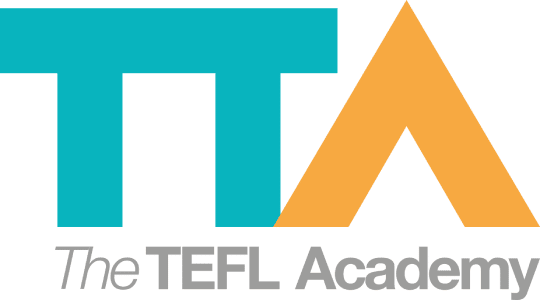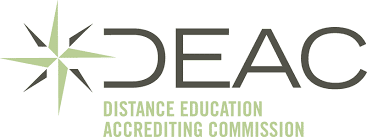An Alternative Speaking Activity
Join a global community of over 200,000 TEFL teachers working throughout the world! Enrol me!
Let’s face it: our students want to talk! They come to our classes because they want to be able to spend time practising their spoken English. Most students are not that excited by reading, writing or listening in the EFL classroom (even though they know all those skills are essential), but they want to learn English, so they can speak English, so this is what they want to do during their EFL lessons.
Of course, we can’t do speaking lessons all the time and we need to focus on grammar and vocabulary to enable our students to improve their speaking skills, but the least we can do is ensure there are loads of opportunities for speaking in all our lessons. To this end you need to have a range of different activities which can be utilised to practise speaking for any topic and language structure.
Here is one such activity to add to your teaching toolbox:
Classroom Layout
Arrange the chairs in your classroom so that they are in rows with the chairs facing each other; in other words, when each student sits on a chair they should be facing another student sitting on a chair.
Target Language
Decide what the target language is for the activity. You might decide to use this activity as a revision exercise, in which case you would choose language which has previously been covered in your lessons; or you might choose to use this activity to practise specific language during a lesson. Whatever your aim, come up with a set of questions which incorporate the target language.
Procedure
Write the first question on the board and let the students discuss it with their partner (the student sitting opposite them). After a certain amount of time – you can decide how long – get the students to move a chair to the right. Now they should be facing a different student. Board the next question and a new discussion starts. Continue this way until you have exhausted all your questions.
Feedback
After the discussion, you can spend time getting feedback from the class on their discussions. This is also an opportunity for a delayed error correction exercise. If you are able to jot down any mistakes you hear during the discussion stage of the exercise, you can now write these errors on the board and give the students time to correct them.
As you can see, this is a very flexible activity that can be used for many purposes in the EFL classroom. It can be adapted to suit any level and any class size and whatever language you choose to practise. Best of all, your students are guaranteed to enjoy it because it involves a lot of speaking!
Accreditation & Quality Assurance
The TEFL Academy was the world’s first TEFL course provider to receive official recognition from government regulated awarding bodies in both the USA and UK. This means when you graduate you’ll hold a globally recognised Level 3 (120hr) Certificate or Level 5 (168hr) Diploma, meaning you can find work anywhere and apply for jobs immediately.
 United Kingdom
UK
United Kingdom
UK












